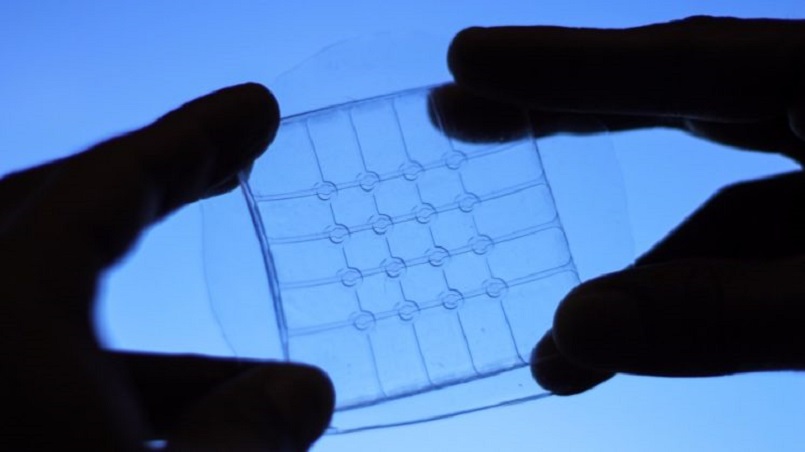
Samsung is already flaunting their flexible displays for the last couple of years.
It’s still hard to digest the existence of flexible displays. A touch sensor created by the team of researchers at the University of British Columbia can make us more familiar with flexible displays of the future.
Mirza Saquib Sarwar is a Ph.D. student who has been working on this research. He says their work combines the capabilities of pressure detection sensors like Apple’s 3D Touch, hover detection sensors like Samsung’s AirView, and sensors that are foldable, stretchable, and transparent.
The team had published a paper in Science Advances. Currently, their sensor is limited to a 5×5 cm proof-of-concept. But it can be developed into low-cost flexible displays for devices that are reliable. They also suggest the possibility of blowing the sensor into a something that’s a touch-sensitive surface covering a whole room at the cost of just a few dollars per square meter. And it can be used to detect the number of people in the room.
Sarwar’s supervisor John Madden anticipates that the sensor can be used to design soft robotic skins in the future. So, those AI-powered pieces of metal could sense human touch and also reduce the chances to hurting them.
“If a robot could detect our presence and be ‘soft’ enough that they don’t damage us during an interaction, we can safely exchange tools with them, they can pick up objects without damaging them, and they can safely probe their environment,” Madden said.
